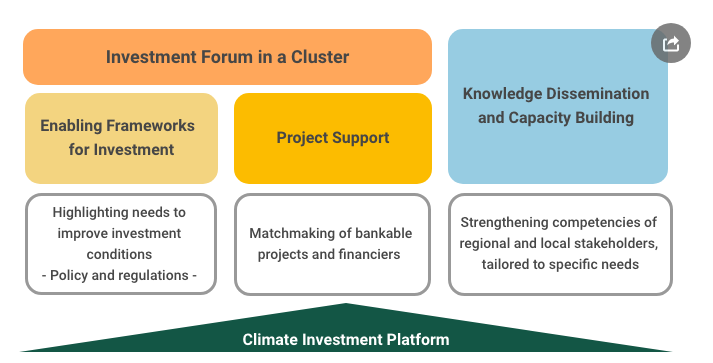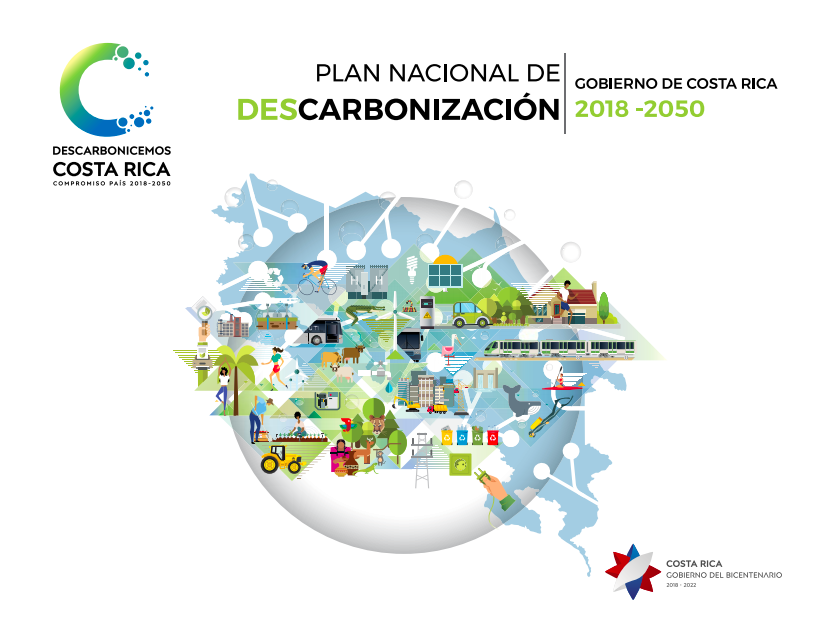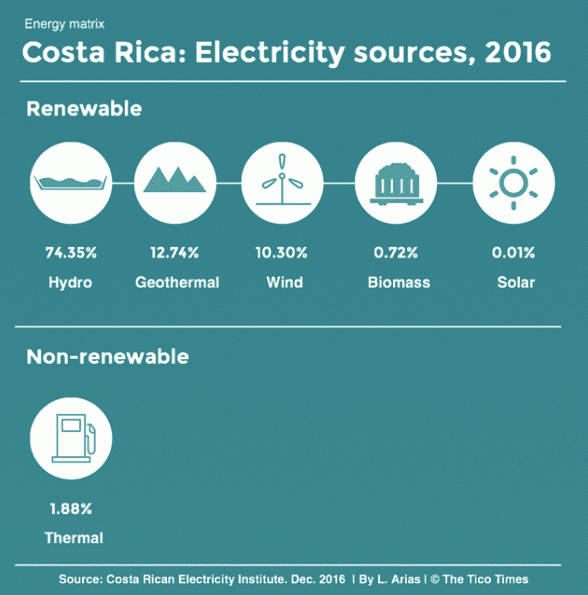The Climate Investment Platform is organized around 14 regional clusters, including:
Each regional cluster and investor forum supports matchmaking between projects, project developers, and potential financiers and investors. Renewable energy projects, along with renewable-based electricity grid and energy efficiency projects, may be considered for support.
IRENA’s Investment Forums will be structured around three main phases:
- Phase 1: Development of a project pipeline
- Phase 2: Investment Forum event
- Phase 3: Post-forum project support
Climate Investment Platform
The following information is from the IRENA website: "The Climate Investment Platform (CIP) is a global initiative, announced on the occasion of the UN Secretary General’s Climate Action Summit in September 2019, by the International Renewable Energy Agency (IRENA), the United Nations Development Programme (UNDP) and Sustainable Energy for All (SE4All), in co-operation with the Green Climate Fund (GCF). The CIP is an inclusive partnership welcoming all stakeholders, from governments and international organizations to the private sector, to scale up climate action and translate ambitious national climate targets into concrete investments on the ground. Working collectively and together with all interested partners, the CIP aims to mobilise investments at the necessary scale to achieve meaningful progress towards climate objectives. The CIP will initially focus on energy transition, with the ultimate goal of accelerating investments in renewable energy and enabling the realisation of the ambitious Nationally Determined Contributions (NDCs)."






 RSS Feed
RSS Feed